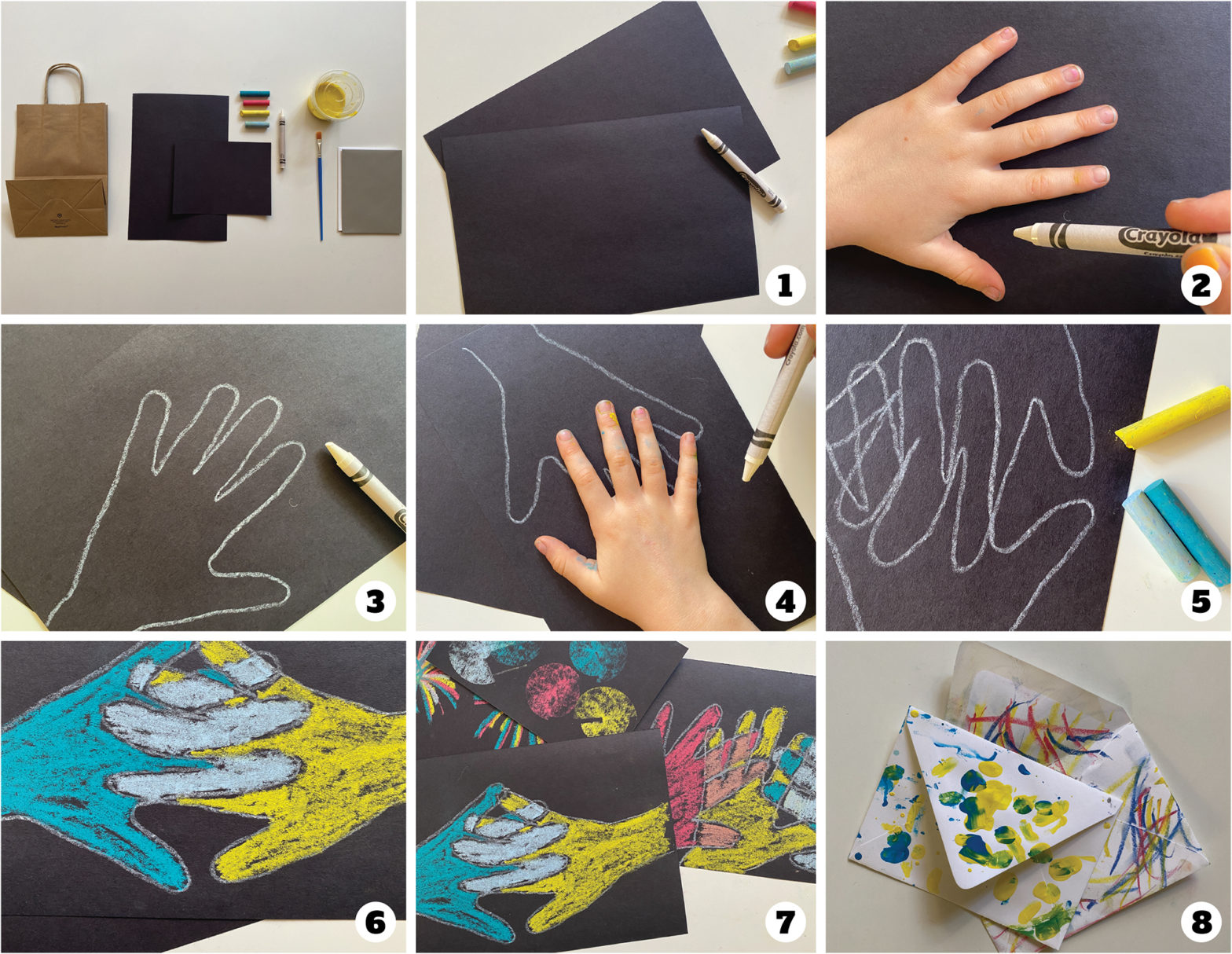The Architect’s Newspaper Ι Sept. 4, 2020
As pandemic and lockdown settled over Los Angeles this past spring, urban design nonprofit LA-Más saw the positive outcomes of its projects abruptly reversed. The office’s “backyard homes” initiative, which installed Section 8 affordable housing in the backyards of assenting Angelenos, stalled, as the design team was unable to complete site visits and homeowners suddenly faced other financial concerns. At the same time, the small, minority-owned businesses whose properties were spruced up by LA-Más in recent years began to close, some for good.
Since its founding in 2012, LA-Más has developed a methodology that could be a byword for a design agency, pairing architecture with policy know-how to make an impact on people’s lives—in particular, those living in northeast Los Angeles, where the practice has its office. But in the face of a major health crisis, even this seasoned troupe was left questioning design’s utility.
“As designers, we’re taught to nurture our egos, and that our designs are important and have value embedded [in them],” said Alexandra Ramirez Stege, a program manager at LA-Más. The extenuating circumstances, however, forced Ramirez and her colleagues “to take a step back and see what the community priorities were.”
Those priorities concerned the basics—groceries, face masks, financial assistance, ways to entertain kids while they were home from school for an extended spring break. LA-Más founders Helen Leung and Elizabeth Timme leveraged their community ties to string together a direct aid network on the fly, connecting with nonprofits and community groups to fill the gaps. By the time their Northeast Los Angeles Community Response initiative wrapped at the end of June, it had served 828 residents, delivering a total of 922 bags of groceries, 850 activity kits, and 1,490 face masks.
“I was very impressed at how quickly the switch was flipped,” said David De La Torre, of the Elysian Valley Neighborhood Watch, the initiative’s co-creator and one of LA-Más’s most critical partners in distributing aid.
Initially, the aid network focused on Elysian Valley, a small, multiethnic area around LA-Más’s office, but it soon fanned out across northeast Los Angeles. While funded by charitable foundations, local community groups, and individuals, the effort was animated by the embedded social capital of LA-Más’s Leung, who grew up in the neighborhood and had known De La Torre for years. His and Dominguez’s organizations funneled names and needs to LA-Más, which used its offices as staging areas for deliveries.
LA-Más’s success is an argument for designing and working where you’re planted. Undergirding the practice is an understanding of the nuances, and oversights, of public policy (Leung has a degree from Harvard’s John F. Kennedy School of Government, and the backyard homes drive is built on local regulatory changes). In cases where policy has no bearing or affords few provisions, LA-Más eyes opportunities within informal community connections. For many residents, especially the undocumented, informal connections may be the only way to ensure access to resources they deserve. Dominguez said many of her neighbors with the strongest needs are “not on any voters list.”
It’s an approach other design firms have taken, as well. In Chicago, Paola Aguirre of Borderless Studio and a network of community groups have used a shuttered modernist elementary school as a food distribution hub. Elsewhere, Meghan Talarowski’s Studio Ludo designed and distributed thousands of “play packs” to Philadelphia families.
LA-Más’s own crafting and play kits were a chance to exercise more traditional design skills. Linda Reyes, who managed the community response project with Ramirez, said that LA-Más emphasizes “being able to center joyful experiences in our projects,” and the crafting kits are a prime example. According to the pair, the bird feeder kit was one of the most popular because it allowed for an added level of engagement with the outdoors while everyone was quarantined at home. The community response initiative also entailed graphic design work meant to help people navigate opaque and complicated bureaucratic systems, such as flyers that provide guidance on tenant and homeowner rights.
By the time the initiative had reached its conclusion, however, LA-Más found that focusing so much effort on immediate needs left the underlying conditions responsible for causing this deprivation unchallenged—for example, the insistent gentrification pressure in Elysian Valley.
“Having the grocery bags is helpful, because instead of paying additional money for groceries every week, families are able to save that money for their rent,” said Ramirez. (LA-Más is currently organizing a new weekly food and resource distribution program, with the goal of developing a decentralized network of smaller resource hubs hosted by residents and community groups.) “The underlying issue, though, is folks need more affordable housing. There’s other stuff that we think we can try to start tackling that we can’t do if we’re devoting all of our time to servicing immediate needs.”
Systemic deficiencies codified in the built environment put LA-Más back in the realm of public policy and design, where long-standing questions about the agency of designers continue to linger. These are questions LA-Más is attempting to answer with an organizational pivot away from being an urban design non-profit, and toward aiding neighborhood resilience in service to working-class communities of color more broadly. Given the sheer pervasiveness of the pandemic, there may be a broader coalition than ever to make more lasting changes.
